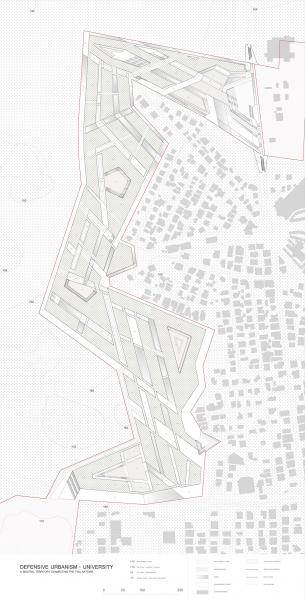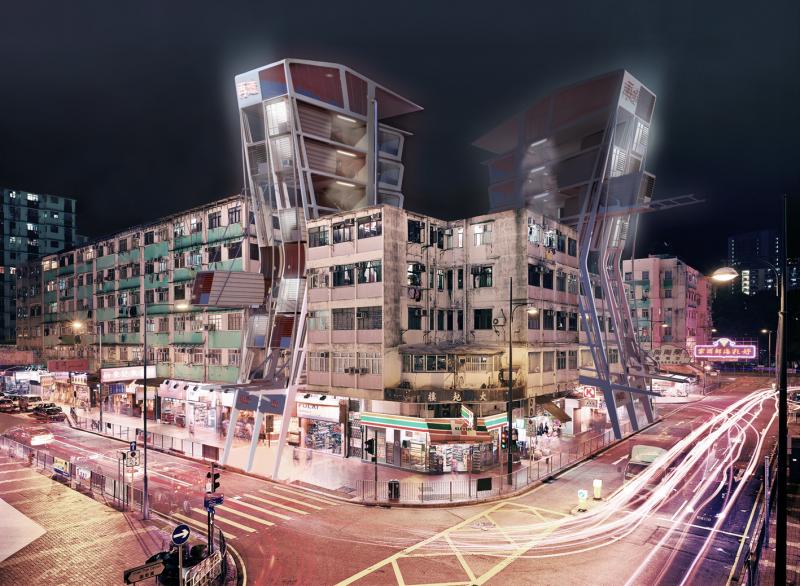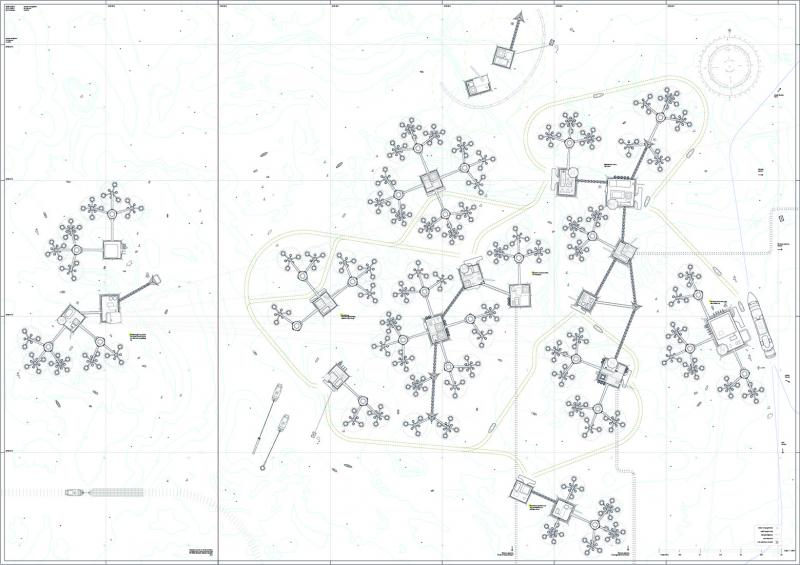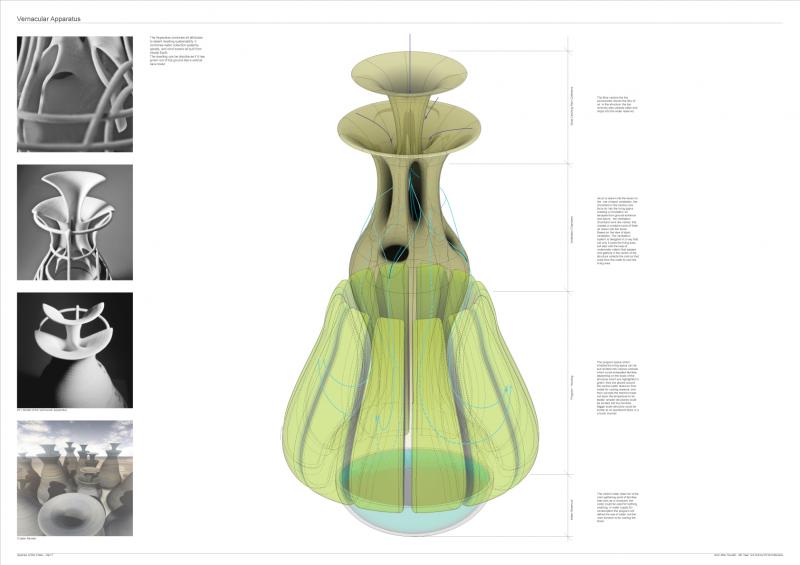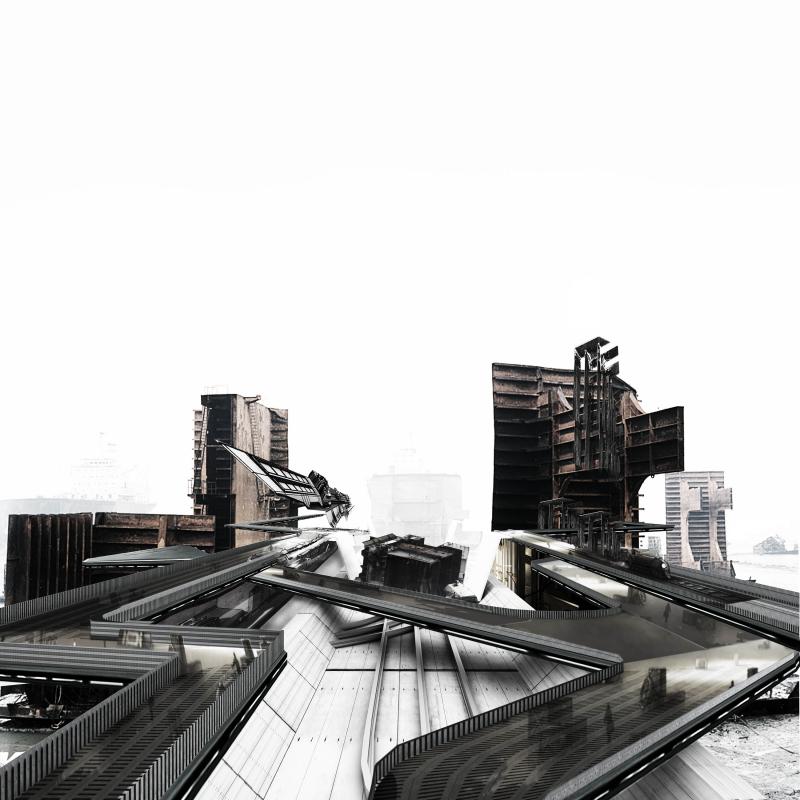Latent Territories
Diploma 17 investigates the contemporary city while seeking potential synergies between infrastructure and architecture. This year we focused our attention on specialised cities and their related infrastructure. Often conceived as distinct and separate from the urban, infrastructure in the city has progressively become surrounded by unresolved transitional spaces and inhabited areas. We have reclaimed these latent territories as new areas for design.
Our investigation began with a collective survey on specialisation in which economics, demographics, precedents and climatic attributes of existing urban environments were critically analysed and evaluated on both the local and the global scale. The objective of this probe was to unravel the complexity of these attributes and to further our understanding of their social implications. This encouraged the identification of relevant socio-economic and geopolitical issues and their associated city-species as fertile grounds for developing speculative briefs.
This year the unit pursued two main fields of investigation:
Porous Transits challenged the idea of transport infrastructure as a self-contained urban entity acting as servant and separated from the city. Tae, Noam and Li’s proposals aimed at renegotiating the relationship between the city and a transport hub, creating a porous compound of novel living scenarios that exploits and diffuses the programmatic inventiveness of transportation typologies.
Productive Fields explored possibilities of integration between proto-industrial infrastructures and new urban settlements. Nicos, Vicky, Tolga, Kostas and Nora’s projects deepened our understanding of infrastructure not only as economic armature and vital city generator but also as the manifestation of a value system and endemic economic model.
In all cases our proposals confronted notions of productivity, ownership and functionalism as dominant values with strategies involving dispersion, the acquisition of specialised knowledge and infrastructural development. We concluded our research with speculative urban proposals that addressed a variety of environmental, socio-economic and cultural issues that advocate a reformed approach to urbanism that conceives infrastructure and architecture as an integrated and symbiotic compound.
